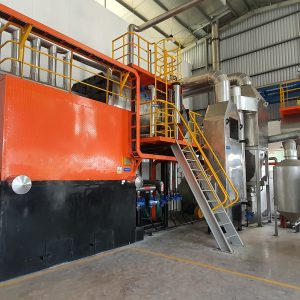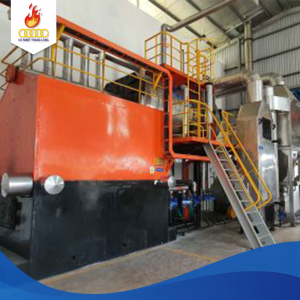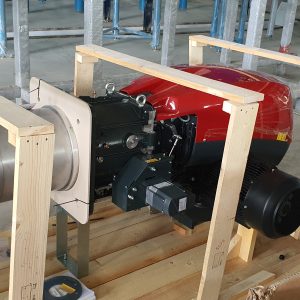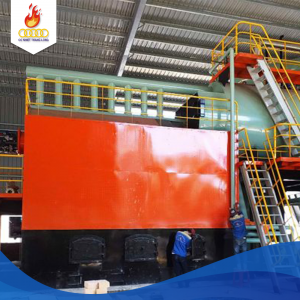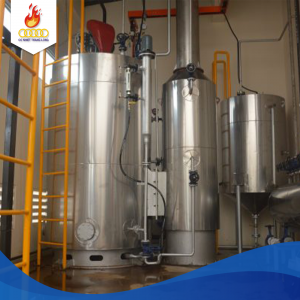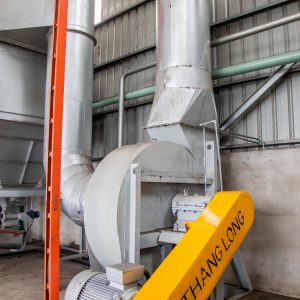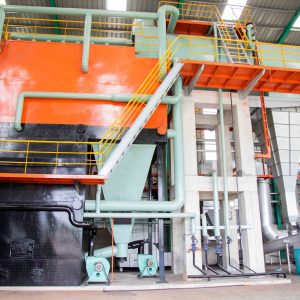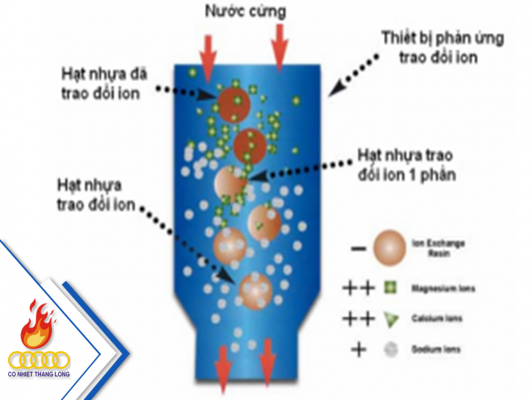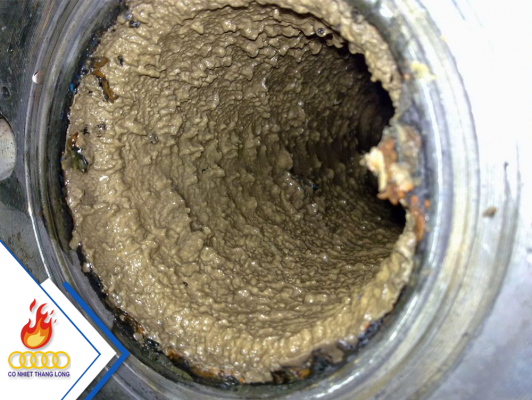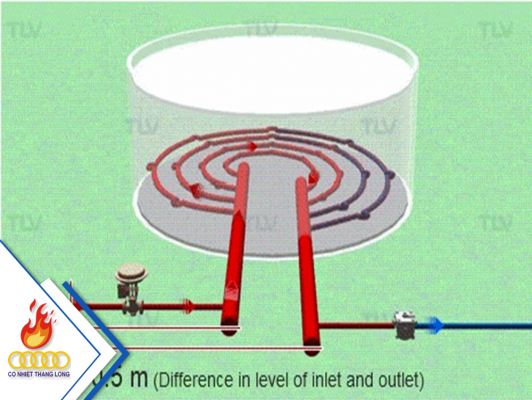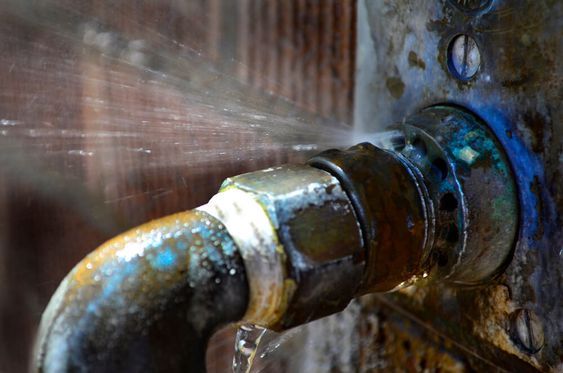
Phenomenon of water hammer in steam distribution pipelines
Problems related to water hammer in steam distribution pipes often appear when the system is first supplied with steam. Opening the steam supply valve slowly, as mentioned in previous articles, can minimize this risk if the cause is condensation hitting the pipes at high speed. However, this method is not effective when the water hammer phenomenon comes from the sudden condensation of steam.
Understanding the Phenomenon of Water Hammer in Steam Distribution Pipelines
Issues related to water hammer in steam distribution pipelines often arise when the system is first supplied with steam. Gradually opening the steam supply valve, as previously discussed in earlier articles, can mitigate this risk if the cause is due to the high-speed impact of condensed water on the pipeline. However, this method is ineffective when water hammer originates from the sudden condensation of steam.
Managing condensed water is a useful solution in both of the above cases. Steam traps are essential devices for removing condensed water from the system. To ensure effectiveness, steam traps must be installed correctly, with appropriate orientation and quantity.
If water hammer continues to occur, the first step is to reevaluate the location and quantity of steam traps within the system. A common issue is the improper slope of the pipeline, which prevents condensed water from flowing through the pipe and into the steam traps as intended, leading to water accumulation in undesired locations.
For long steam pipelines, even a minor change in slope can cause water hammer. During pipeline installation, if the roof or ground is used as a reference point, checking and adjusting the pipeline slope is essential.
A thorough understanding and management of these factors will help you control and prevent water hammer, protecting equipment and enhancing the system’s performance.
Water Hammer Occurs When Steam Pipes Slope Upward

Water Hammer Does Not Occur When Steam Pipes Slope Downward

Apart from the causes mentioned, another factor that can contribute to water hammer is water accumulation in inactive or “dead-end” pipe branches. However, this is just one of many potential reasons leading to this issue. To thoroughly address the problem, it’s crucial to perform a comprehensive survey of the pipeline system.
This survey helps accurately identify weak points in the system, from which a suitable remedial plan can be devised. Solutions may include adjusting the slope of the pipeline, adding or repositioning steam traps, and even altering the pipeline structure to eliminate risky dead-end branches.
Only after clearly identifying the root causes and applying appropriate improvements can you expect to completely eliminate or significantly reduce water hammer, ensuring safe and efficient operation of the piping system.
Methods to Cause and Prevent Water Hammer in Branch Pipes

Pipe branching designs can be a contributing factor to water hammer, and several methods can prevent this issue:
Shortening Straight Pipe Sections: This can be achieved by adding elbow connectors, U-shaped bends, or curves. Water hammer is closely related to the speed of sound in the fluid, and using bent connectors can mitigate the pressure wave propagation.
Using Larger Diameter Pipes in the Main Circuit: This helps to shorten the length of branch pipes when designing a looped pipeline system. With lower flow velocity from both sides of the loop, a branch pipe can be more efficiently served.
Installing Anti-water Hammer Valves or Hydraulic Pressure Reducing Valves: Installing these types of valves helps minimize incidents and ensures the safe operation of the piping system.
These methods can help prevent or at least minimize water hammer, enhancing the safety and efficiency of the piping system.
RELATED NEWS
Table of water quality requirements
Water supplied to boilers usually comes from various sources, predominantly from municipal water in Industrial [...]
Is it necessary to treat boiler feed water
However, there are some misconceptions about boiler feedwater: Some people believe that water in a [...]
Water hammer in the device
What is the phenomenon of water hammer in equipment? The phenomenon of water hammer in [...]
Research on CO reduction
Source: Science and Technology Development Magazine: EARTH SCIENCE & ENVIRONMENTAL SCIENCES. VOLUME 2. NUMBER 1. [...]

Đỗ Thành Nhân
Director
Hotline: 0912 172 329
Email: thanhnhan.conhietthanglong@gmail.com
Consulting, project surveys, quotes, contracts.

Bùi Văn Khải
Vice Director
Hotline: 0911 043 699
Email: vankhai.conhietthanglong@gmail.com
Consulting, project surveys, quotes, contracts.

Contact Now
Thăng Long 24/7 support !
Error: Contact form not found.

 Tiếng Việt
Tiếng Việt

